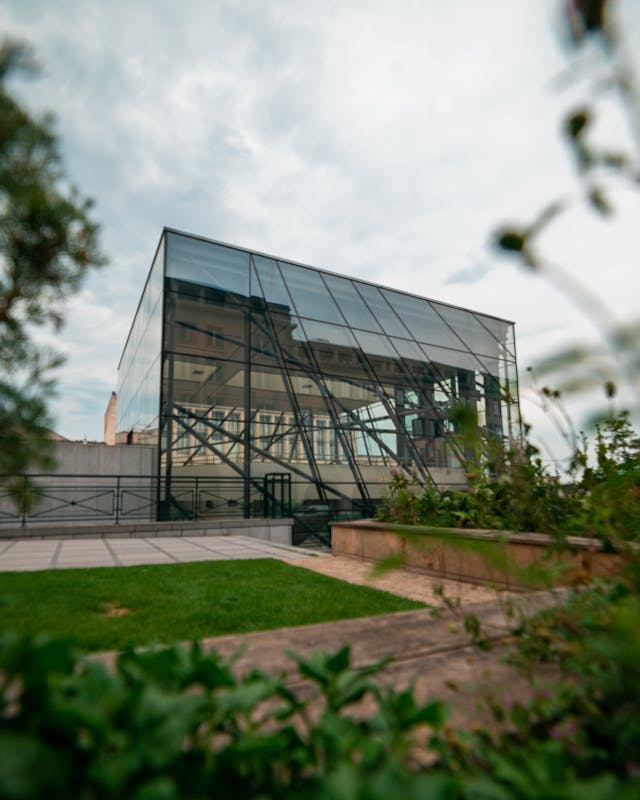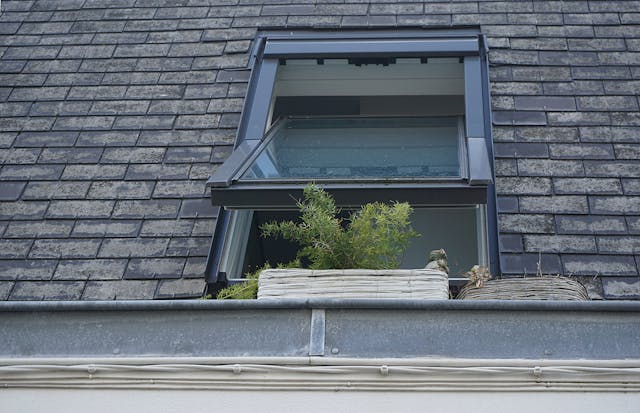When it comes to making your home more energy-efficient, your roof plays a crucial role. Energy-efficient roofing options can significantly reduce your energy bills while enhancing your home’s comfort. Whether you’re building a new house or replacing an old roof, choosing the right materials and techniques can lead to substantial savings.
Key Takeaway
Energy-efficient roofing options, such as metal roofing, cool roofs, solar shingles, and spray foam insulation, not only save money on energy bills but also contribute to environmental sustainability. These materials and techniques help reflect sunlight, reduce heat absorption, and improve overall home insulation, making them a wise investment for long-term benefits.

Understanding Energy-Efficient Roofing
Energy-efficient roofing is designed to minimize heat absorption and reflect more sunlight than standard roofing. This reduces the amount of heat that enters your home, keeping your living spaces cooler during hot months and reducing the need for air conditioning. Here are some of the top energy-efficient roofing options:
Metal Roofing
Metal roofs are one of the most energy-efficient options available. They reflect solar radiant heat, which can reduce cooling costs by 10-25%. Metal roofing is also durable and can last up to 50 years or more with proper maintenance.
Benefits of Metal Roofing
- High solar reflectance.
- Long lifespan.
- Recyclable materials.
- Low maintenance.
Cool Roofs
Cool roofs are designed to reflect more sunlight and absorb less heat than a standard roof. They are made with reflective materials and coatings that enhance their ability to reflect sunlight. This option is particularly effective in regions that experience high temperatures.
Cool Roof Types
- Reflective Coatings: Apply to existing roofs to improve reflectivity.
- Cool Membranes: Used in commercial applications, typically flat roofs.
- Light-Colored Shingles: Designed to reflect sunlight better than traditional dark shingles.
Solar Shingles
Solar shingles combine the benefits of traditional roofing materials with the energy generation capabilities of solar panels. They are designed to look like conventional shingles while harnessing solar energy to power your home.
Advantages of Solar Shingles
- Generate renewable energy.
- Reduce electricity bills.
- Aesthetically pleasing.
- Long-term cost savings.
Spray Foam Insulation
Spray foam insulation is applied directly to the underside of the roof deck. It creates an airtight seal that reduces heat transfer and improves the overall insulation of your home.
Spray Foam Benefits
- High R-value (thermal resistance).
- Reduces air leakage.
- Improves indoor air quality.
- Can be applied to existing roofs.

Real-Life Experiences with Energy-Efficient Roofing
Tyson from Zega Roofing shares, “After a windstorm, we not only fixed the damaged shingles but also suggested a cool roof coating to our client. The result was a noticeable drop in their summer cooling costs. Our clients often feedback how these small upgrades make a big difference.”
Comparison of Energy-Efficient Roofing Materials
| Roofing Material | Lifespan (Years) | Reflectivity (%) | Cost Range ($/sq ft) | Maintenance Level |
|---|---|---|---|---|
| Metal Roofing | 40-70 | 60-70 | 5-12 | Low |
| Cool Roofs | 20-30 | 70-90 | 2-10 | Low |
| Solar Shingles | 25-30 | 50-60 | 15-25 | Low |
| Spray Foam Insulation | 20-30 | 85-90 | 3-7 | Low |
Choosing the Right Energy-Efficient Roofing Option
When selecting an energy-efficient roofing option, consider the following factors:
Climate and Location
Your geographic location plays a significant role in determining the best roofing material. For example, cool roofs are ideal for hot climates, while solar shingles might be more beneficial in areas with ample sunlight.
Budget
Energy-efficient roofing can be more expensive upfront, but the long-term savings on energy bills often offset the initial investment. Assess your budget and consider financing options if necessary.
Aesthetic Preferences
Choose a roofing option that complements your home’s style. Many energy-efficient materials come in various colors and designs, allowing you to maintain curb appeal while increasing energy efficiency.
Durability
Ensure the roofing material you choose is durable and can withstand the local weather conditions. Metal roofs and solar shingles are known for their longevity and resilience.
The Science Behind Energy-Efficient Roofing
Reflectivity and Emissivity
Reflectivity refers to the roof’s ability to reflect sunlight, while emissivity is the ability to release absorbed heat. High reflectivity and emissivity are key to reducing heat absorption.
Insulation
Proper insulation under the roof deck prevents heat from entering your home. Materials like spray foam insulation enhance the roof’s thermal resistance, keeping your home cooler.
Ventilation
Adequate attic ventilation is crucial for maintaining the efficiency of energy-efficient roofing. It prevents heat buildup and extends the roof’s lifespan.

Impact of Energy-Efficient Roofing on Cooling Costs
| Roofing Material | Average Cooling Cost Reduction (%) | Average Annual Savings ($) |
|---|---|---|
| Metal Roofing | 10-25 | 300-750 |
| Cool Roofs | 15-30 | 450-900 |
| Solar Shingles | 20-40 | 600-1200 |
| Spray Foam Insulation | 25-50 | 750-1500 |
Real-World Examples of Energy-Efficient Roofing
Let’s take a look at some real-world examples of how energy-efficient roofing has transformed homes and businesses:
Case Study: Residential Metal Roof
A homeowner in Winnipeg chose a metal roof for its durability and energy efficiency. The high reflectivity reduced their summer cooling costs by 20%, and the roof’s longevity meant they wouldn’t need to replace it for several decades.
Case Study: Commercial Cool Roof
A commercial property owner in Manitoba applied a reflective coating to their existing flat roof. This simple upgrade led to a 30% reduction in cooling costs, making the building more comfortable for tenants and reducing operating expenses.
Benefits of Energy-Efficient Roofs
- Lower energy bills: Reduced cooling and heating costs.
- Environmental impact: Less energy consumption, reduced carbon footprint.
- Increased home value: Modern, energy-efficient features are attractive to buyers.
- Enhanced comfort: More stable indoor temperatures year-round.
- Extended roof lifespan: Materials designed to withstand extreme weather conditions.
Installation and Maintenance Tips for Energy-Efficient Roofing
Proper installation and maintenance are essential to maximizing the benefits of energy-efficient roofing:
Installation Tips
- Hire a professional: Ensure the roofing contractor has experience with energy-efficient materials.
- Follow manufacturer guidelines: Adhere to the recommended installation procedures for the chosen material.
- Ensure proper ventilation: Adequate attic ventilation is crucial for optimal performance.
Maintenance Tips
- Regular inspections: Schedule annual inspections to identify and address potential issues.
- Clean the roof: Remove debris and dirt to maintain reflectivity.
- Check insulation: Ensure the insulation remains intact and effective.
Conclusion
Choosing energy-efficient roofing options is a smart investment that pays off in multiple ways. From reduced energy bills to improved home comfort and environmental benefits, the advantages are clear. Whether you opt for metal roofs, cool roofs, solar shingles, or spray foam insulation, you’ll be taking a significant step towards a more sustainable and cost-effective home.
Trust Zega Roofing to provide expert advice and top-quality installation services. Contact us today to explore the best energy-efficient roofing options for your home and enjoy long-term savings and comfort.
By implementing these energy-efficient roofing options, you can make a positive impact on both your wallet and the environment. Make informed choices and invest in a roofing solution that meets your needs and expectations.

